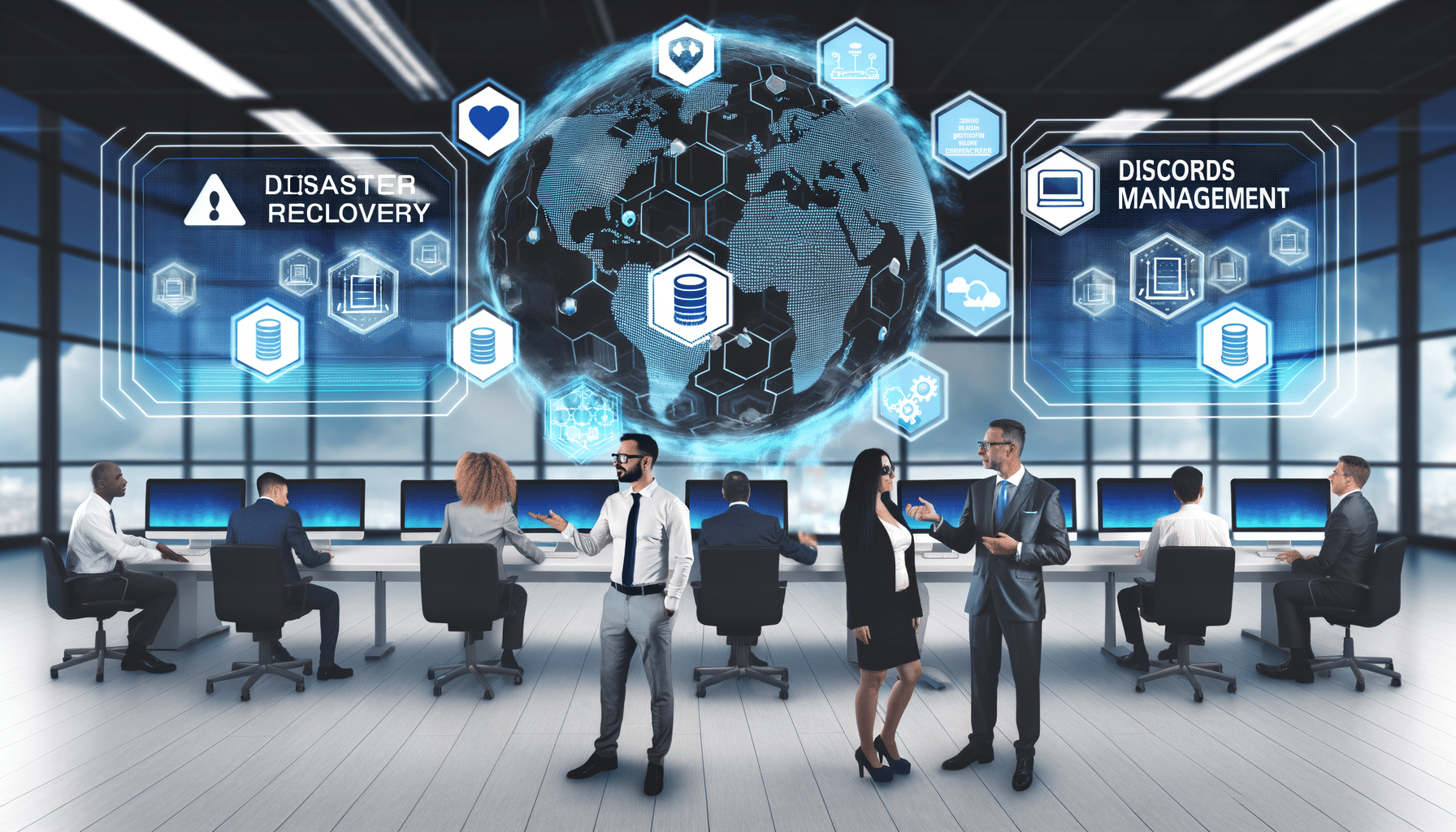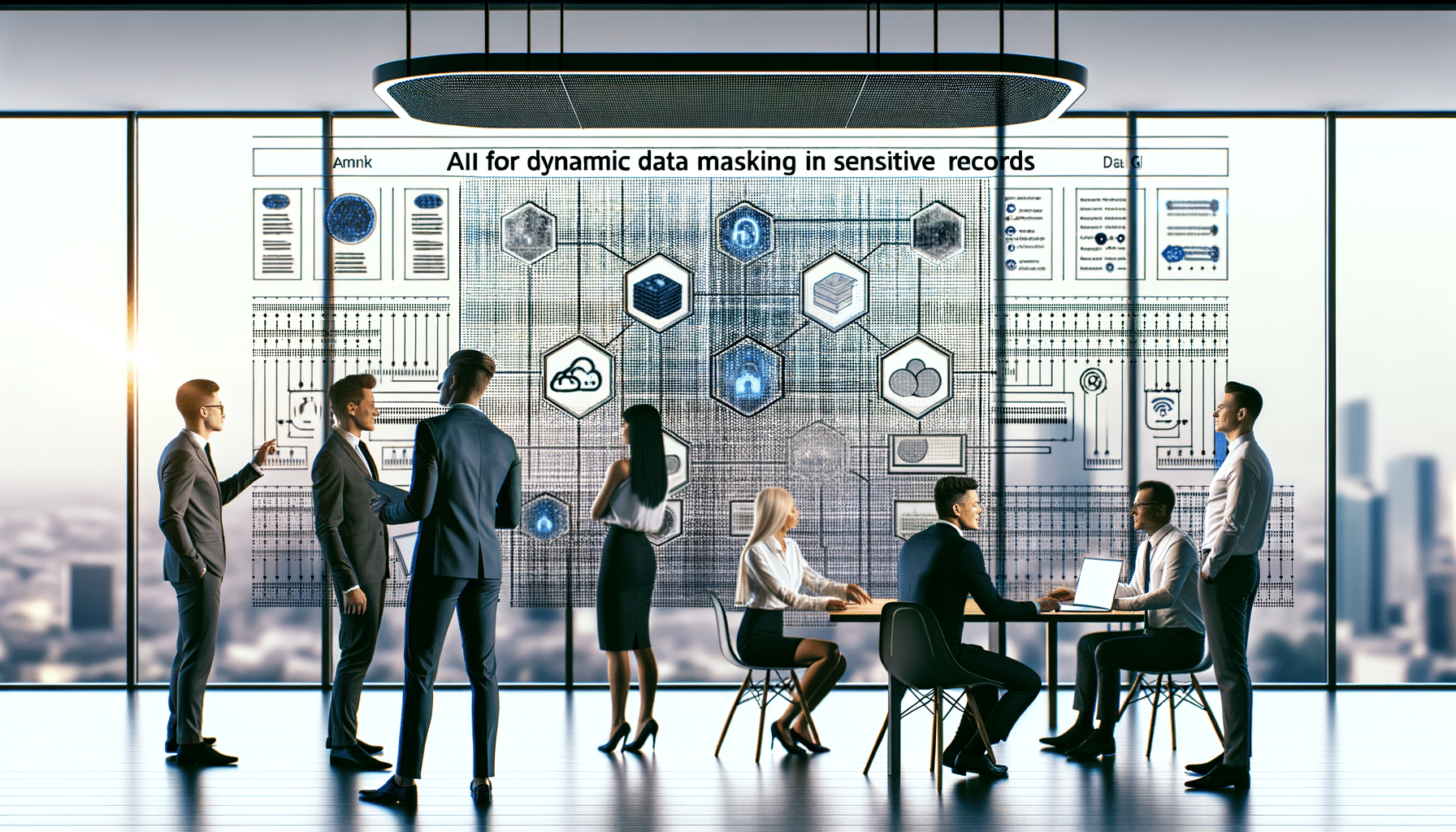- Legal Technology
- November 16, 2024
Blockchain for Disaster Recovery in Records Management

In recent years, as we’ve witnessed technological advancements at an unprecedented rate, the role of disaster recovery in records management has come sharply into focus. Through my journey in founding and growing RecordsKeeper.AI, I’ve seen firsthand the chaos that data loss can wreak on businesses. It’s imperative that we evolve our strategies to withstand any calamity that comes our way. Here, blockchain emerges not just as a buzzword, but as a pivotal technology for fortifying disaster recovery in records management.
Understanding the Imperative for Robust Disaster Recovery
When disaster strikes, the ability to recover swiftly and effectively becomes a lifeline for organizations. Imagine this: your vital records are compromised due to a cyberattack or natural disaster. The consequences can be catastrophic—not just financially, but also in terms of client trust and regulatory compliance. For me, ensuring that such scenarios are averted or, at the very least, managed efficiently, is the essence of why I embarked on the journey to create RecordsKeeper.AI.
The Limitations of Traditional Records Management
Traditional records management systems have their merits, but they aren’t foolproof. Manual processes, centralized storage, and outdated recovery protocols leave organizations vulnerable. Timely access to accurate records during a crisis is often more challenging than we anticipate.
That’s where blockchain technology intervenes, offering an immutable, decentralized approach that reinvents how we think about disaster recovery in records management.
How Blockchain Reinforces Disaster Recovery
Blockchain’s allure lies in its decentralization and immutability, providing several key benefits that enhance recovery efforts:
- Decentralization: With blockchain, records are distributed across a network, removing the single point of failure typical of traditional systems. This ensures that even if part of the system is compromised, the records remain accessible and intact.
- Immutability: Every record stored on a blockchain is inherently secure and tamper-proof, protecting the data’s integrity throughout the recovery process.
- Real-time Updates: Blockchain allows for continuous record updates, ensuring the latest data is always available to stakeholders.
For RecordsKeeper.AI, integrating blockchain technology means providing our users with a robust solution that doesn’t just secure records but empowers them to turn disaster management into a strategic advantage.
Implementing Blockchain for Seamless Disaster Recovery
Integrating blockchain into your disaster recovery framework may seem daunting, but it can be broken down into feasible steps. Here’s how we’ve approached it:
Step 1: Evaluate Your Organizational Needs
Before jumping to implementation, it’s essential to conduct a comprehensive assessment of your current records management system. Identify areas where blockchain can address vulnerabilities or enhance existing processes.
Step 2: Choose a Suitable Blockchain Framework
Not all blockchains are created equal. You must select an architecture that aligns with your compliance requirements and operational needs. Whether it’s a private or permissioned blockchain, choosing the right platform is crucial.
Step 3: Implement Data Migration
Transferring existing records onto the blockchain requires precision. Working with experts who can ensure seamless migration while maintaining data integrity is as important as the technology itself.
Step 4: Continuous Monitoring and Improvement
Blockchain isn’t a set-and-forget solution. Regular audits and upgrades are vital to adapting to new threats and ensuring optimal performance.
Conclusion: Embrace the Future of Disaster Recovery
Incorporating blockchain into records management isn’t simply about staying ahead of trends. It’s about redefining how we secure invaluable data in an unpredictable world. Through RecordsKeeper.AI, I’ve been dedicated to offering organizations a transformative path forward, ensuring they’re not just recovering from disasters but flourishing despite them.
I invite you to explore how blockchain can revolutionize your records management strategies. For more insights into the tech world and my journey with RecordsKeeper.AI, stay tuned for future discussions, and feel free to connect with me on how you can secure your records against the unpredictable forces of nature and cyber threats.
Toshendra Sharma is the visionary founder and CEO of RecordsKeeper.AI, spearheading the fusion of AI and blockchain to redefine enterprise record management. With a groundbreaking approach to solving complex business challenges, Toshendra combines deep expertise in blockchain and artificial intelligence with an acute understanding of enterprise compliance and security needs.
Related Posts

Managing Records During IT System Changes
Keeping records accessible during system updates.
- December 11, 2024

AI for Dynamic Data Masking in Sensitive Records
Protecting sensitive records through dynamic data masking with AI.
- November 16, 2024
Archives
- January 2025
- December 2024
- November 2024
- October 2024
- September 2024
- August 2024
- July 2024
- June 2024
- May 2024
- April 2024
- March 2024
- February 2024
- January 2024
- December 2023
- November 2023
- October 2023
- September 2023
- August 2023
- July 2023
- June 2023
- May 2023
- April 2023
- March 2023
- February 2023
- January 2023
- December 2022
- November 2022
- October 2022
- September 2022
Want to get more content like this?
Signup to directly get this type of content to your inbox!!
Latest Post
Document Control for Equipment Maintenance
- January 20, 2025
Managing Records for Multiple Clients
- January 19, 2025
Handling Conference Documentation
- January 18, 2025
Setting Up Department Record Reviews
- January 17, 2025





